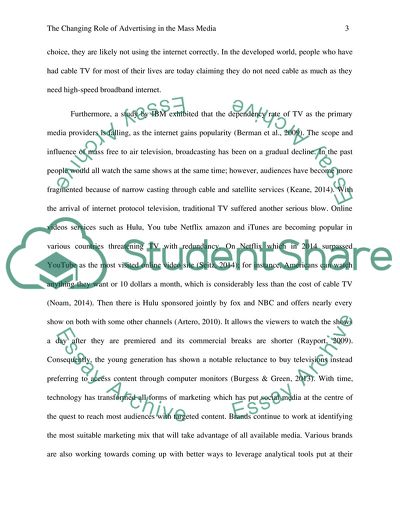Cite this document
(The Changing Role of Advertising in the Mass Media Essay Example | Topics and Well Written Essays - 4250 words, n.d.)
The Changing Role of Advertising in the Mass Media Essay Example | Topics and Well Written Essays - 4250 words. https://studentshare.org/media/1851864-discuss-the-changing-role-of-advertising-in-the-mass-media
The Changing Role of Advertising in the Mass Media Essay Example | Topics and Well Written Essays - 4250 words. https://studentshare.org/media/1851864-discuss-the-changing-role-of-advertising-in-the-mass-media
(The Changing Role of Advertising in the Mass Media Essay Example | Topics and Well Written Essays - 4250 Words)
The Changing Role of Advertising in the Mass Media Essay Example | Topics and Well Written Essays - 4250 Words. https://studentshare.org/media/1851864-discuss-the-changing-role-of-advertising-in-the-mass-media.
The Changing Role of Advertising in the Mass Media Essay Example | Topics and Well Written Essays - 4250 Words. https://studentshare.org/media/1851864-discuss-the-changing-role-of-advertising-in-the-mass-media.
“The Changing Role of Advertising in the Mass Media Essay Example | Topics and Well Written Essays - 4250 Words”. https://studentshare.org/media/1851864-discuss-the-changing-role-of-advertising-in-the-mass-media.


